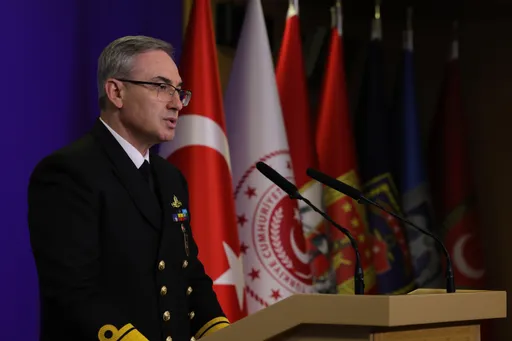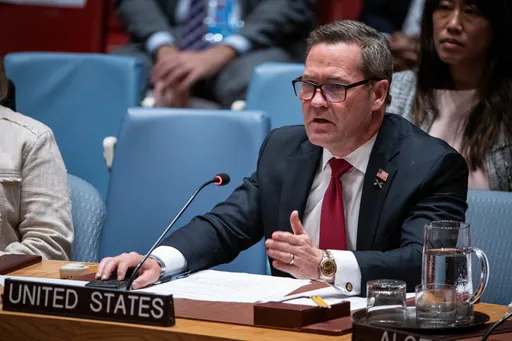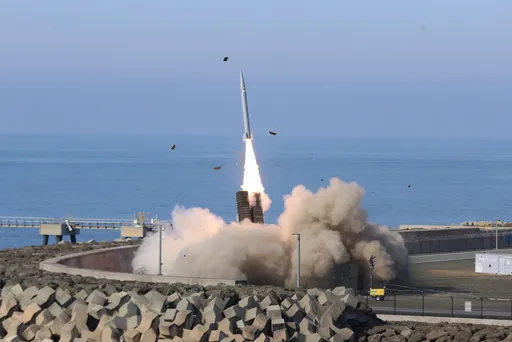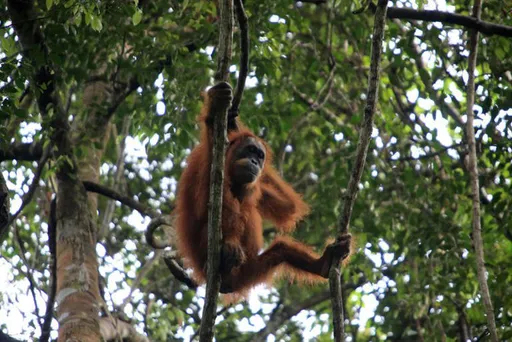In 2011 the Syrian uprising was the first major challenge to Bashar al Assad's regime, and it opened up the space for debate on how the country should be governed. Not only did it rupture four decades of repressive rule by Bashar and his father Hafez, it also exposed the deep sectarian animosities that the regime had used to keep its society divided.
The aftermath of the revolt saw volunteer militias spring up by the hundreds in order to defend protesters from the regime's crackdown. Some groups adopted the democratic ideals of theArab Spring, while others rallied around the Sunni majority that had long been marginalised by Assad's Alawite minority.
Over the course of six years, the parties fighting the war on the ground and the international powers that back them have shifted. They evolved as the armed revolt spiralled into an intractable civil war.
The opposition is now a complex web of factions, with shifting alliances and widely-diverging ideologies.
The rebels do generally share the goal of toppling the regime – even if they cannot agree on what would replace it. Some factions want a secular government, others an Islamic government. Despite their clashes and contradictions, they put up with each other as moderates and jihadists intermingle in the remaining "free territories." Fighting to reclaim control, Assad's regime has become increasingly dependent on foreign backers.
The main players can be broken up into three broad categories: The Assad regime, the rebels looking to unseat him and other parties who have exploited the conflict for their own gain.
The Assad regime
The regime's forces consist of a regular army, air force, secret police, and networks of militarised gangs known as "shabbiha" who act as enforcers.
Backed by Russia and Iran, Assad has pledged to fight to retake "every inch" of territory claimed by his opponents.
The regime universally labels all opposition groups as "terrorists."
The Syrian Network for Human Rights said the regime was responsible for 90 percent of civilian deaths since the war began.
Iran-backed militias
Assad's closest ally, Iran, has deployed at least 7,000 soldiers to fight on the ground in Syria.
Tehran also funds militias from Iraq, Afghanistan, and Pakistan, totaling as many as 40,000 fighters.
According to the UN, Iran spends $6 billion per year on military aid to Assad.
The rebels
Ahrar Al Sham
Currently the largest fighting force with a coalition of at least 25 armed factions.
Its goal is "obtaining freedom, justice, and security for all sectors of Syrian society, with its diverse multi-ethnic and multi-sect social fabric."
Seeks to overthrow the Assad regime and reassert the Sunni majority's influence with a legal system based on Islam.
Formerly fought alongside Al Qaeda affiliate Jabhat Al Nusra against Daesh and Assad, before severing ties with Nusra due to rivalry over civil governance.
Jaish Al Islam
Seeks to replace Assad with a non-sectarian government that "represents the diversity of the Syrian people" and is based on Islamic law.
A key political player, it has led efforts to negotiate with the regime at UN-led peace talks.
Previously coordinated attacks against Daesh with Jabhat Al Nusra but split in late 2015 due to rivalry over civil governance.
Hayy'et Tahrir Al Sham
Formed in January 2017 out of six factions, including Jabhat Fateh Al Sham – which used to be called Jabhat Al Nusra and was afilliated with Al Qaeda.
Seeks to topple Assad but its hard-line ideology makes it intolerant of rival rebel factions who were once their allies.
It has declared war on former rebel allies Ahrar Al Shamand the Free Syrian Army, a mixed umbrella of rebel factions.
The Free Syrian Army
Politically backed by the Syrian National Coalition, which leads UN negotiations and seeks to replace Assad's regime with a secular democratic government.
Not an army, but an umbrella group with no central leadership, made up of a wide variety of armed factions.
Founded in 2011 by defectors from the Syrian Army, it was once the largest rebel coalition.
Once supplied with weapons and training by the United States, its influence has dwindled as funding dried up.
Other parties
Hezbollah
The Lebanese Shia movement has over 6,000 operatives fighting in Syria at Assad's invitation.
Hezbollah has parliamentary and paramilitary branches.
Listed as a terrorist group by several international bodies, but not Lebanon.
Syrian Democratic Forces (SDF)
The US and Russia-backed coalition, mainly dominated by the People's Protection Units, or YPG.
Seeks to carve out an enclave in northern Syria with ambitions for an independent state.
Collaborating with the Assad regime has long made the YPG a bitter enemy of Syrian rebels.
Daesh
Also known as ISIS, ISIL or Islamic State — it was formed by the remnants of Al Qaeda, Jabhat Al Nusra, and Iraqi dictator Saddam Hussein's regime.
Jumpstarted in June 2014 when fighters ransacked $400 million in cash, as well as heavy weapons and tanks from banks and armories in Mosul.
It has declared war on all non-Muslims and Muslims who do not pledge loyalty to its leader.
From its self-declared "caliphate" in Iraq and Syria, it has directed hundreds of attacks on civilians in cities around the globe.
Islamic scholars around the world have rejected the group's violent understanding of the religion.
























